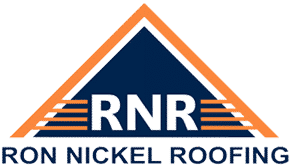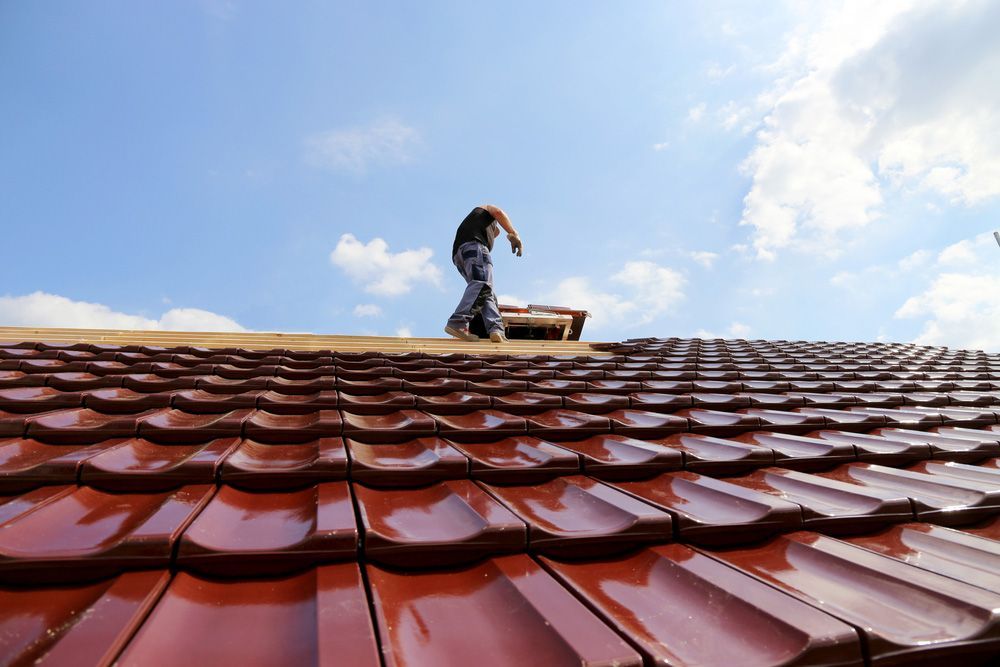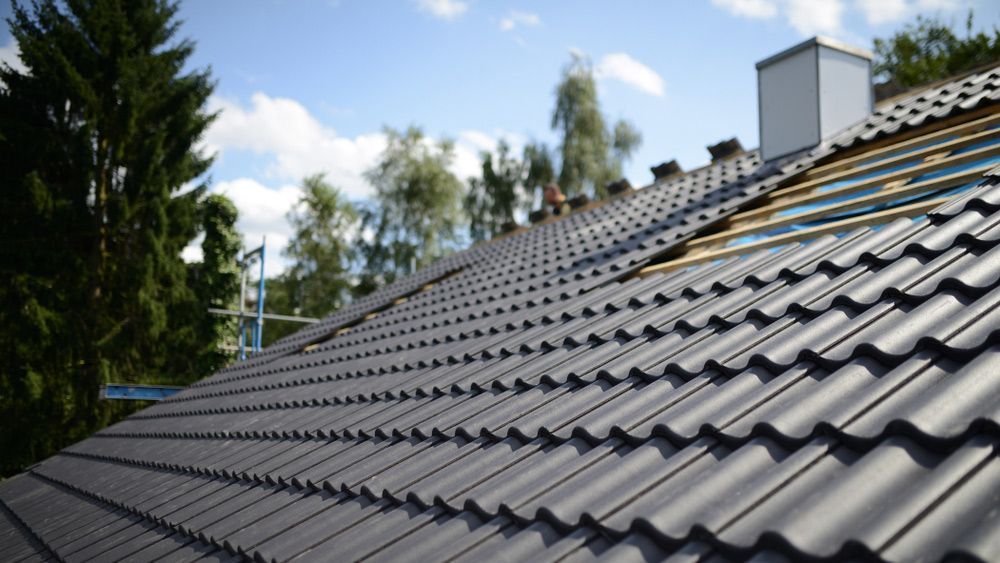Sun Damage and Your Roof: What You Need To Know
Sun Damage and Your Roof: What You Need To Know
Australia is known to be the most exposed country to the sun. While summer is associated with the beach and fun, it’s also the time of the year when the temperature soars to its most damaging peak. Recent bush fires are evidence of the damage the sun can inflict.
Thankfully, a significant majority of Australians are protected from the harshness of the sun. At home, work or school, we find comfort with air-conditioning systems as well as the roof over our heads.
And the roof, ironically the most invisible part of a building, however, is most exposed to the sun. Curled or cracked roofs are common sights, which can be attributed to the sun.
In this post, we share key facts you must know about the damage the sun can make to your roof.
1. Heat
The roof doesn’t get cooled when your air conditioning system is turned on. It remains exposed and in fact, may have to withstand the heat produced by the latter as well, if it’s placed close to it – after all, hot air rises.
Whatever the temperature may be, the roof takes the brunt of it. Without proper ventilation in the attic, for example, the heat will build up, leading to a rise in condensation.
Aside from the heat, the UV rays of the sun can inflict further damage. Cracks may occur, asphalt shingles may buckle and discolouration may result too. When left unattended over a protracted period of time, you could be looking at a massive repair or new installation bill!
2. UV Rays
A chemical reaction occurs when UV rays hit the roof. Though not dangerous, it will become fragile over time. This will expedite as a result of continued exposure to UV rays. It becomes brittle and will crack and loosen over time. Gaps will appear.
This makes the roof vulnerable to other problems, for example, water seeping through it.
As you sit in comfort shielded from the sun and heat inside your home, the roof bears the brunt of it. When little or no protection is offered to it, defects will emerge. For this reason, regular inspections are highly recommended. Problems can be detected and addressed at the onset to prevent more costly damage.
3. Thermal Shock
It’s good to know the heat will dissipate as night falls. But the lower temperature causes the roof to contract. It’s a ‘sudden’ shift from the expansion the heat of the day brought. While the expansion and contraction aren’t vigorous, they occur over a period of time.
And this could be longer if regular inspections of the roof aren’t observed. It will accentuate the other problems that have been discussed above. As mentioned, the roof is the least noticeable part of a building. Yet it performs a huge role in keeping occupants shielded from the elements.
While newer materials used in the construction of roofs can provide some relief, there are other steps you can take to protect the integrity of your roof. Have you noticed signs of sun damage and need
roof repairs? Contact us today for a roof inspection!











